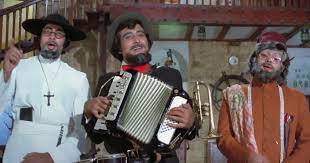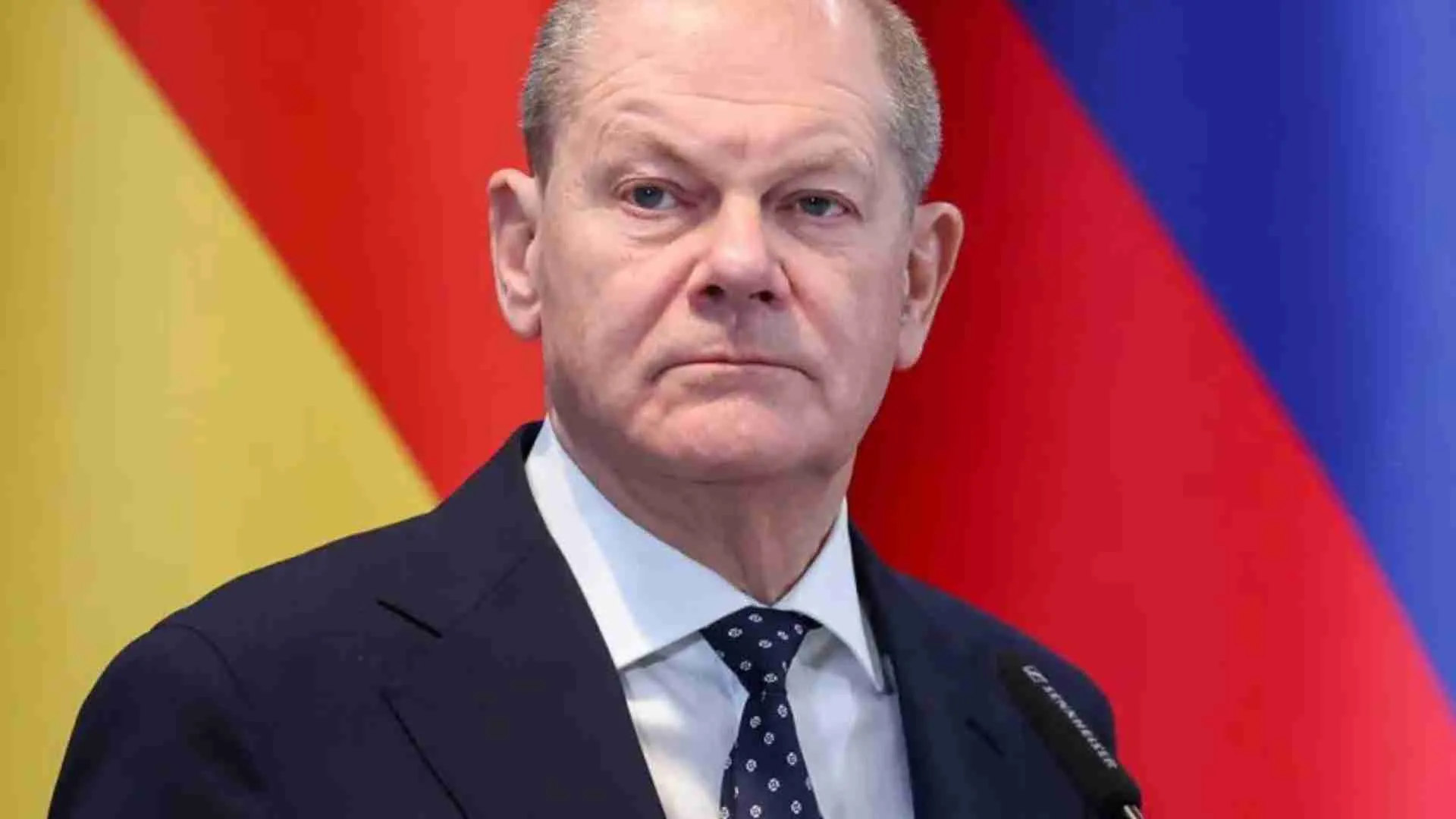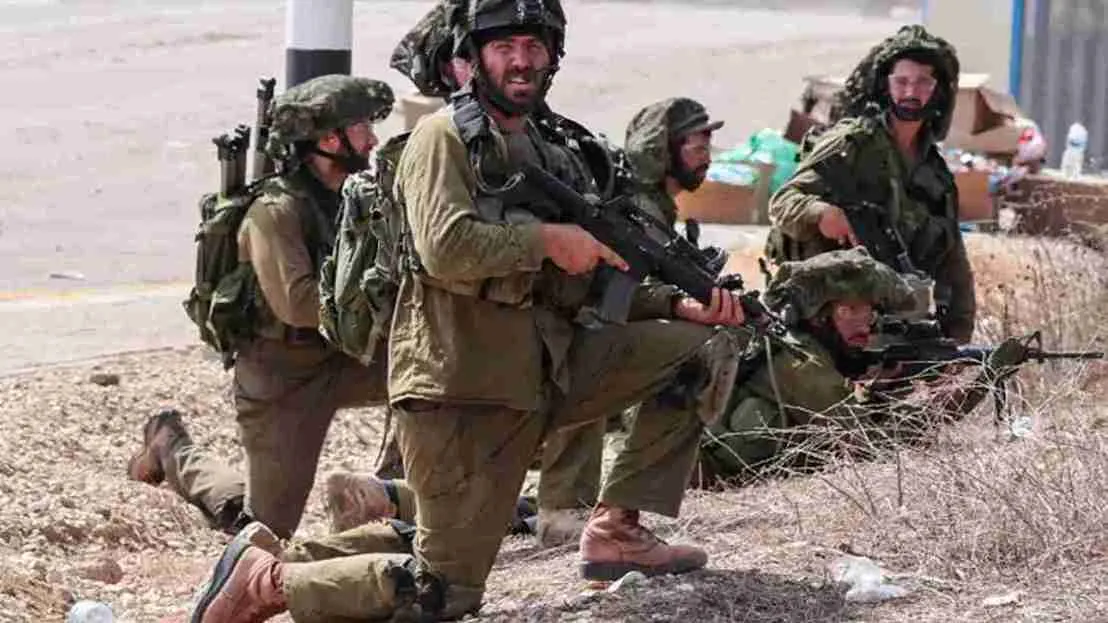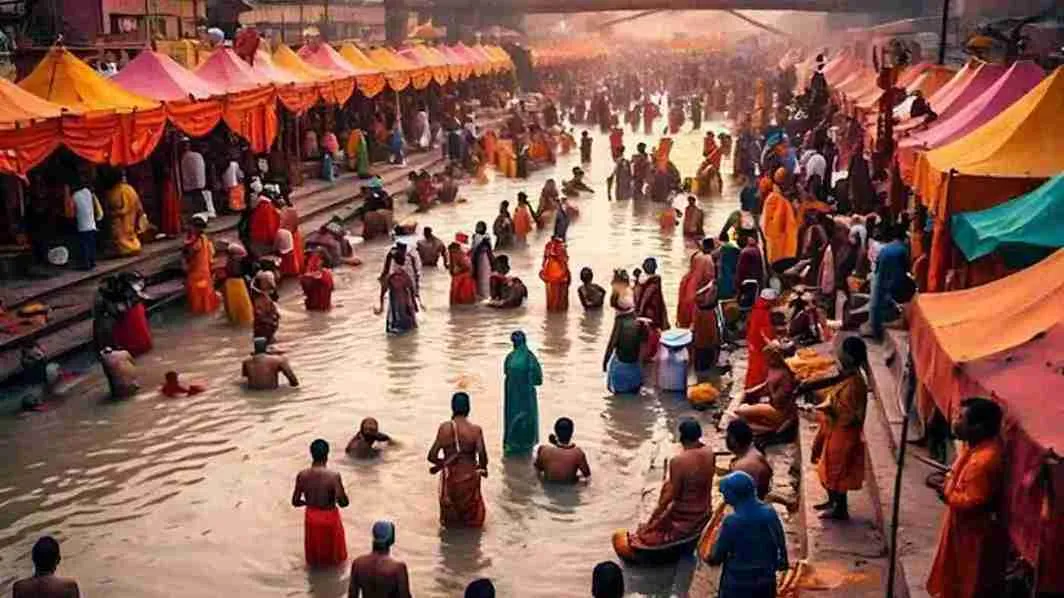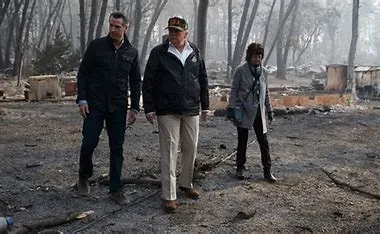In the time gap of forty years two blockbuster films were released. The first one was Coolie in which Amitabh Bachchan played the role of Iqbal, the second one is Jawan in which Shah Rukh Khan plays Vikram Rathore.
What does this tell us? That the Indian audience accept film heroes irrespective of their religion, the actors must be relatable and entertaining. Indian audiences reward well packaged heroic acts. That’s why Shah Rukh Khan with a little course correction has lately become relatable again, these days as Vikram Rathore. Notably this film was released in the backdrop of some movies which did good business but were perceived to be polarizing in nature, such as Kashmir Files and Kerala Story. This gave an impression that only such movies could trend. But there is always a space for innovation in Indian cinema. Now let’s go a little back to an interesting anecdote in film history, in 1983 Amitabh Bachchan played the role of Iqbal in the film Coolie. While shooting the movie, he got badly injured. His condition was so critical that there were doubts that he would survive. A large section of the Indian Muslim community had then prayed in mosques for his early recovery. Such stories from the Indian film world truly makes it fascinating.
Other than song and dance of the Bollywood, Johnny Walker, Utpal Dutt and Paresh Rawal have enthralled all Indian audiences with their comic performances. Bollywood is not only a means of entertainment but also a platform, which forms public opinion among the masses and leave long lasting memories in people’s minds. Senior journalist Shekhar Iyer grudgingly says that the Indian film industry has forgotten characters of the yester years. Truly the memory of A K Hangal, who played Rahim Chacha in the 1975 film Sholay is fading away, the young generation doesn’t even know about such great characters of the past.
Rahim Chacha’s son was killed by a dacoit called Gabbar Singh (played by Amjad Khan), who symbolized the external enemy. When the body arrives in the village, the grieving villagers are angry, they get goose bumps, and they claim that Vijay and Viru, the roles played by Amitabh Bachchan and Dharmendra respectively failed in their hired mission to eliminate the evil Gabbar Singh. And that’s why both of them should be sent back.
Rahim Chacha intervened, telling the villagers that if he had hundreds of sons, he would sacrifice them but would not allow Vijay and Viru to leave the village, they must stay on to complete their mission of neutralizing the bad guy -Gabbar Singh.
Hangal’s character captured the spirit of unwavering conviction of Indians to collectively fight the external enemy- symbolized by Gabbar Singh. The character epitomized his will to protect his village and his country at a symbolic macro-level. It also reflected the true spirit of sacrifice in Islam. Such characters evoked emotions and cemented the bonds between Indian communities. Amitabh Bachchan has played Muslim characters in numerous films, including- Anwar Ali in Saat Hindustani, Ahmed Raza in Imman Dharam and Jan Nisar Khan in Andha Kanoon, and all these characters were loved by both Hindu and Muslim audiences alike. Similarly, Dilip Kumar and Shah Rukh have played the most memorable Hindu characters. Rishi Kapoor, played Akbar Allahabadi in the film ‘Amar Akbar Anthony,’ it was another striking character reflecting the Muslim society, his qawwali ‘parda hai parda’ and his comedy was quite popular among the masses. Unfortunately, such characters have now become extinct.
What people remember these days is only the stereotypical depiction of Muslim characters in movies. By the way this is a favourite research topic of scholars, who pursue research in Indian cinema. All such research concludes with severe criticism of Bollywood.
The grievance is that ever since the 9/11 attack, Muslims are shown either as terrorists or Islamists. And not as positive characters. The trend started with Hollywood movies and it infected the Indian cinema industry as well. Such movies may have been inspired by the realities of those times, but the impressionist evil characters had long lasting memories in people’s minds.
Filmmaker Karan Johar’s contribution in correcting the narrative. To bring out the difference between Islamists and innocent common Muslims, he made a film called- ‘My Name is Khan.’ It was quite successful both in terms of its commercial viability and messaging. This movie countered Islamophobia prevalent in the Western world. It consciously took a corrective approach towards improving the perception of the community. The audiences lapped it up. Interestingly in Akshay Kumar’s movie Suryavanshi there is a moving scene at the Ganesh temple, where police are seen evacuating the devotees at the temple due to a bomb threat. In a surprise entry we see a group of Muslims entering the temple premises to secure Lord Ganesh’s idol and help devotees evacuate the building. The emotions in the scene are heightened by matching music. This scene reflects the real India, where culture is so intertwined that it is impossible to separate the caring Indians. Some film critics say in the 70s and 80s Bollywood movies were made on Muslim underworld dons. Such characters were inspired by true stories of some of the most notorious gangsters in Mumbai. Again, those movies left a lasting negative impression.
In recent times two films Kashmir Files and Kerala Story became controversial. A large audience liked the films but a sizable population was also miffed. Though the filmmakers gave their explanation for making the movies. These controversies are nothing new. If we look at the history of Indian TV and Cinema, we will find many such examples. Govind Nihalani’s Tamas is set in the backdrop of riot-hit Partition of 1947, the film dealt with the plight of emigrant Sikh and Hindu families to India. When the film was released in 1988 a large section of society demanded censoring parts of the film due to its communal overtones. A petition was filed in the Bombay High Court to stay its release. But the stay was vacated by the court stating that the film treated the ‘fundamentalists’ among both Hindus and Muslims equally. The film was released and it became a big success, it was even shown on Doordarshan. Later it won three national film awards. Maidul Islam, a well-known scholar in his research ‘Imagining Indian Muslims in Post-liberalisation Cinema,’ appreciates depiction of certain Muslim characters in the Bollywood. Such as the character of Salim in the film -‘Salim Langde Pe Mat Ro.’ Salim the protagonist at the end of the film is made to realise that the easiest thing to do is to become a thug, while the hardest thing to do is to live with dignity.
Similarly, Balraj Sahani’s Garam Hawa, reflects the pain of the Partition. The film symbolically sends the political message that Indian Muslims need to rally behind a progressive political project to raise their legitimate demands and address their socio-political and economic grievances.
Maidul is also appreciative of the depiction of Muslim protagonist in Nagesh Kukunoor’s film Iqbal, where the character has no baggage of the stereotypes associated with the Muslims.
Shah Rukh Khan’s depiction of Kabir Khan in ‘Chak De India.’ Farhan Qureshi of 3 Idiots and Farhan Akhtar’s portrayal of Imran Qureshi in the film ‘Zindagi Milegi Na Dobara,’ where he does not invoke anything from his religion or cultural identity. Such characters capture the imagination of young Indian Muslims, who relate to such characters and not with the Islamic hardliners or underworld dons of the yester years.
A very big team works behind the scenes to make a movie happen. Just like any creative industry, the Indian film industry is also very inclusive and gives equal opportunity to all those who have talent. The process of filmmaking begins from the time of its conceptualization, these days due care needs to be taken while making choices of the subjects, especially while considering communally sensitive movies. The filmmakers often say that the cinema only reflects the actual world. This is true to a great extent. But sometimes while reflecting the real world there is often an urge on the part of filmmakers to overdo or exaggerate while taking cinematic liberty. The filmmakers must not allow sensationalism to overtake the ethics. Now that the real world has changed the filmmakers must also reimagine the characters, which are in sync with the times, are more relatable and entertaining. Art forms not only chronicle a particular time period but also have a corrective effect. The need of the hour is to create an integrating narrative and not the disintegrating one.
Atir Khan is a Delhi-based senior journalist.

